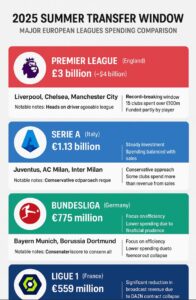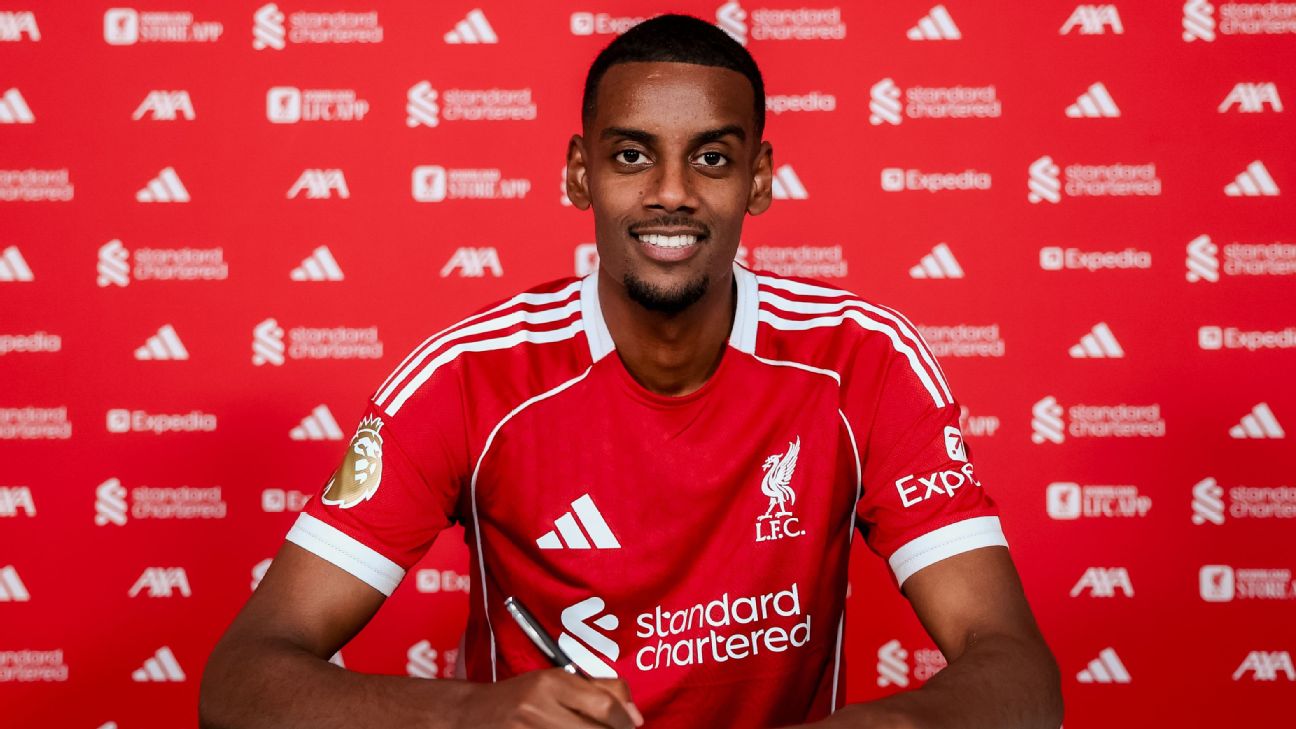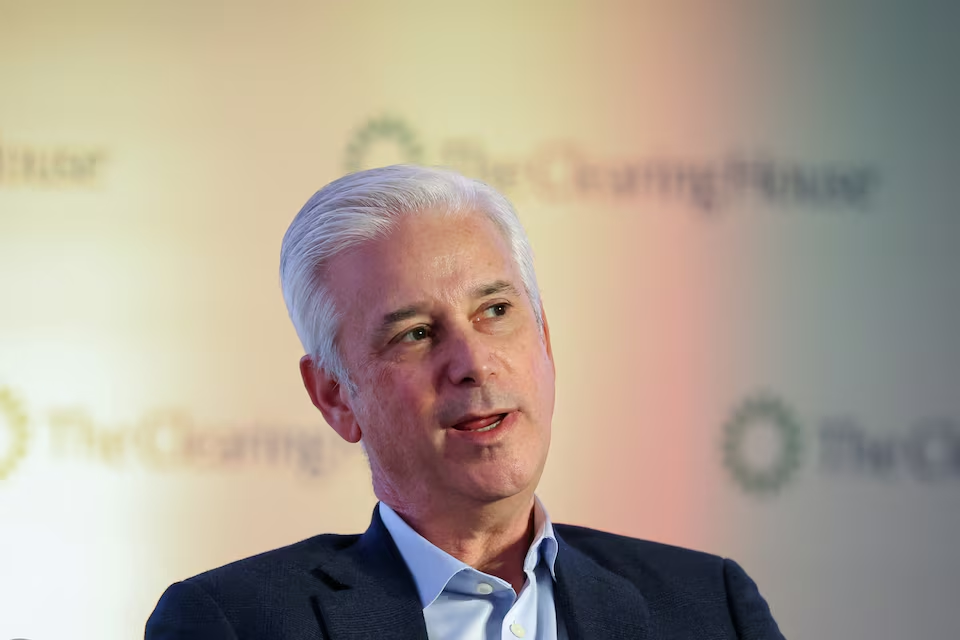English football’s financial dominance was on full display this summer as Premier League clubs collectively spent more than £3 billion on new players, setting a record that comfortably surpasses the £2.4 billion peak recorded two years ago. According to Deloitte, the total spending exceeds that of Europe’s other four major leagues combined, highlighting the Premier League’s unmatched financial clout and global appeal.
The transfer frenzy, led by reigning champions Liverpool, underscores the league’s willingness to invest heavily despite financial regulations and global economic uncertainty.
YOU CAN ALSO READ: Nestlé Ousts CEO Laurent Freixe After Probe Into Workplace Relationship, Names Philipp Navratil Successor
Clubs have balanced their outlays by selling high-value players, with Liverpool and Chelsea in particular funding significant purchases through outgoing transfers. Liverpool capped the window with the record signing of Alexander Isak from Newcastle United on deadline day, while 15 Premier League clubs each invested more than €100 million in new players, according to transfermarkt.co.uk.
“A third record-breaking summer of Premier League spending in four years sends a strong signal that, despite subdued activity across the continent, clubs have no plans to slow down their investment in the on-pitch product,” said Tim Bridge, lead partner at Deloitte Sports Business Group.

Much of the Premier League’s financial strength comes from broadcast income, particularly from international markets. The league earned €2.1 billion from overseas live-match sales, comfortably outpacing Spain, Germany, Italy, and France combined, which brought in €1.4 billion, according to Enders Analysis. This revenue advantage allows clubs to spend aggressively even while most operate at a loss.
The scale of Premier League spending is highlighted when compared with other major European leagues. Italy’s Serie A clubs spent €1.13 billion, significantly lower than England’s outlay, while Spain’s La Liga teams invested €608 million in new players. Germany’s Bundesliga clubs spent €775 million, reflecting a more measured approach, often balancing investments with player sales. France’s Ligue 1, meanwhile, faced the most dramatic drop, spending just €559 million after a major broadcast contract with DAZN collapsed. Only a handful of clubs outside England managed to spend more on acquisitions than they earned from sales, underscoring the financial disparity with the Premier League.
| League | Total Spending | Top Clubs Driving Spending | Notable Notes |
|---|---|---|---|
| Premier League (England) | £3 billion (~$4 billion) | Liverpool, Chelsea, Manchester City | Record-breaking window; 15 clubs spent over €100m each; funded partly by player sales; global broadcast income €2.1bn |
| Serie A (Italy) | €1.13 billion | Juventus, AC Milan, Inter Milan | Steady investment; spending balanced with sales; less global broadcast revenue than EPL |
| La Liga (Spain) | €608 million | Real Madrid, Barcelona, Atletico Madrid | Conservative approach; some clubs spend more than revenue from sales |
| Bundesliga (Germany) | €775 million | Bayern Munich, Borussia Dortmund | Focus on efficiency; lower spending due to financial prudence; balanced squad investment |
| Ligue 1 (France) | €559 million | PSG, Lyon, Marseille | Significant reduction in broadcast revenue due to DAZN contract collapse; limited spending outside top clubs |
The spending pattern also reflects strategic priorities. While elite clubs such as Liverpool, Manchester City, and Chelsea focused on strengthening squads for domestic and European dominance, other teams invested primarily to secure survival in the top flight. All three clubs promoted from the Championship last season were relegated, prompting significant expenditure to remain competitive. Sunderland alone spent €188 million, highlighting the stakes for clubs seeking to avoid the costly consequences of relegation.
YOU CAN ALSO READ: Atedo Peterside, Ibukun Awosika, Fela Durotoye, Others for Building Beyond You Conference
The Premier League’s record-breaking summer window not only demonstrates the financial muscle of English clubs but also illustrates the growing gulf between England and its continental rivals. As broadcast revenue, international exposure, and commercial partnerships continue to fuel spending, the league remains in a league of its own.
For fans, it promises a season of unprecedented competition, while for Europe’s other top leagues, it serves as a reminder of the financial advantages and global appeal that continue to make the Premier League the continent’s most lucrative football competition.










